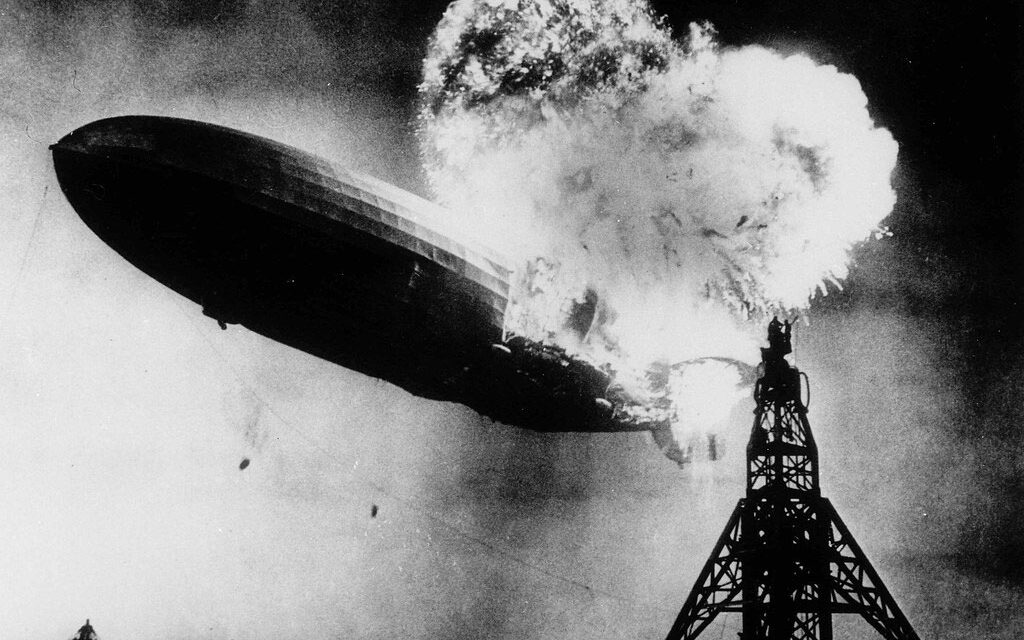CLEVELAND HISTORY
Incorporation of the City of Cleveland (May 5, 1836): On this date, Cleveland was officially incorporated as a city. The incorporation marked a significant development in its growth, transitioning from a village to a city that would eventually become a major industrial center in the United States.
Opening of the Cleveland Museum of Natural History (May 6, 1920): The Cleveland Museum of Natural History opened its doors, dedicated to the study and presentation of natural sciences. It has since been a key educational and research institution in Cleveland, known for its significant contributions to paleontology, astronomy, and environmental science.
Dedication of Cleveland’s Public Auditorium (May 7, 1922): The Public Auditorium, a major event facility in downtown Cleveland, was dedicated on this date. It has hosted a variety of significant events, including political conventions, concerts, and cultural gatherings, playing a vital role in the city’s public life.
First Broadcast by WEWS-TV (May 8, 1947): WEWS-TV, Cleveland’s first television station and one of the first in Ohio, began broadcasting. It marked a significant development in local media and has remained a leading news outlet in the region.
Establishment of Cleveland State University (May 11, 1964): Originally founded as Fenn College, it was transformed into Cleveland State University on this date, becoming a major public university offering a wide range of undergraduate and graduate programs. The university has played a crucial role in education and community development in Cleveland.
WORLD HISTORY
Death of Napoleon Bonaparte (May 5, 1821): Napoleon Bonaparte, the former French emperor known for his role in the French Revolution and subsequent Napoleonic Wars, died in exile on the remote island of Saint Helena in the South Atlantic Ocean. His death marked the end of an era in European history, characterized by his ambitious military campaigns and the widespread political changes they brought about.
Hindenburg Disaster (May 6, 1937): The German passenger airship LZ 129 Hindenburg caught fire and was destroyed during its attempt to dock at Naval Air Station Lakehurst in New Jersey, USA. The disaster resulted in the deaths of 36 people and ended public confidence in the safety of hydrogen-filled passenger airships, leading to the rapid decline of airship travel.
Sinking of the RMS Lusitania (May 7, 1915): The British ocean liner RMS Lusitania was torpedoed by a German U-boat off the southern coast of Ireland, leading to the deaths of 1,198 passengers and crew. The attack on a civilian vessel caused international outrage and significantly influenced the United States’ decision to enter World War I, marking a pivotal moment in global military engagement.
Victory in Europe Day (VE Day) (May 8, 1945): This day commemorates the formal acceptance of Nazi Germany’s unconditional surrender by the Allied forces, effectively ending World War II in Europe. Celebrations and ceremonies occurred throughout Europe and North America, marking a moment of relief and joy after years of devastating conflict.
IBM’s Deep Blue Defeats Garry Kasparov (May 11, 1997): In a historic chess match, IBM’s computer Deep Blue defeated world chess champion Garry Kasparov. This was the first time a computer had beaten a reigning world champion in a match under standard chess tournament conditions. The event demonstrated significant advancements in artificial intelligence, showing that machines could excel in tasks that require complex decision-making and strategic thinking.






